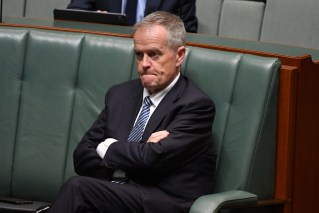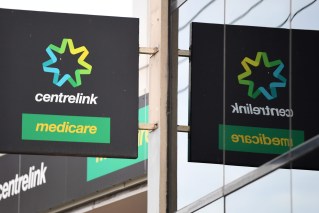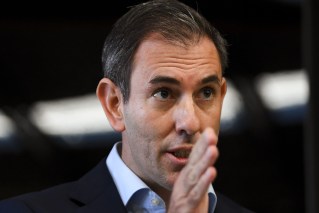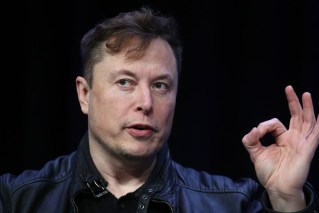Why we’ll be paying high electricity prices for years and how it became such a mess
Australians face another three years of high energy prices and have been urged to dump gas to avoid spiralling costs, but solar has also been judged as far too expensive to allow for green hydrogen.

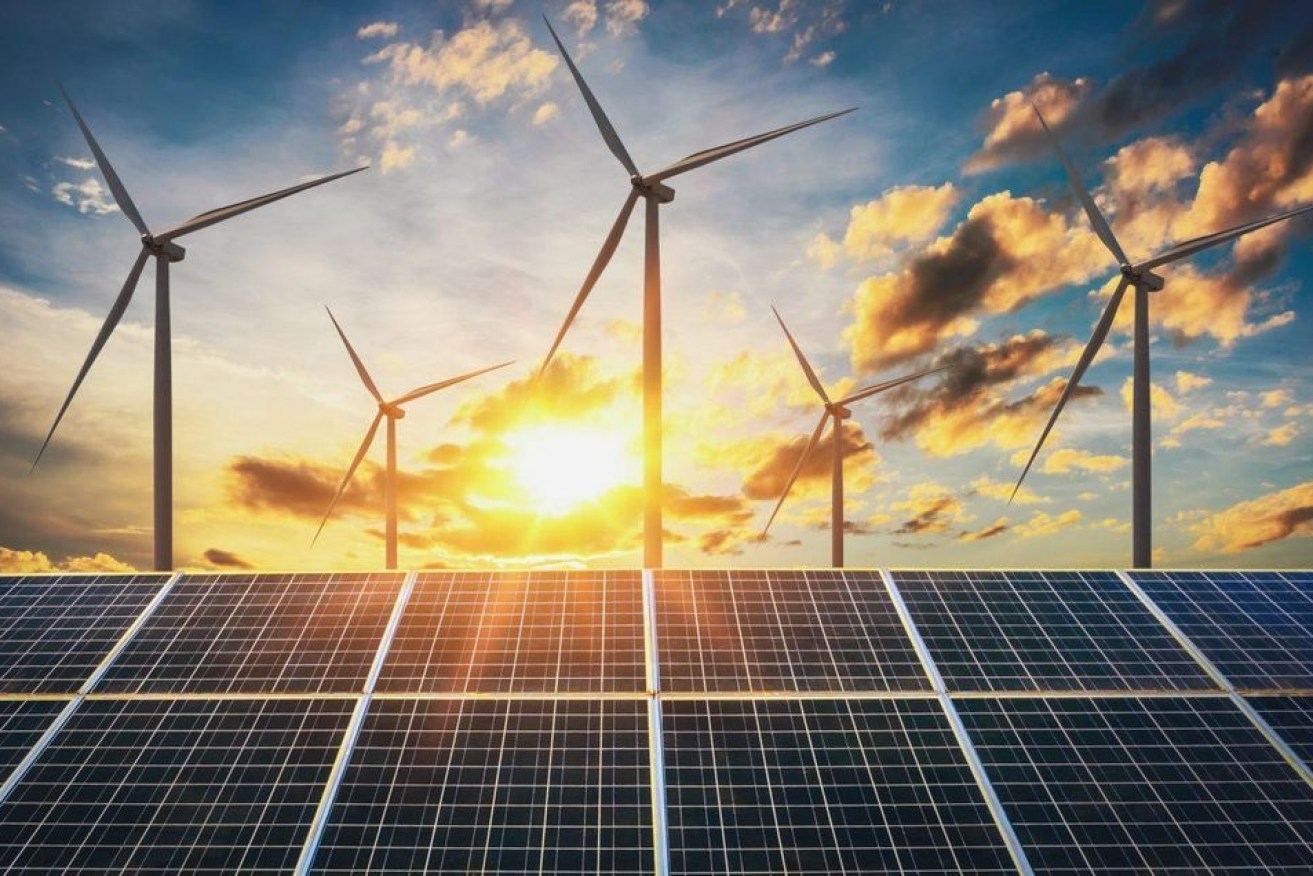
Queensland is rolling out renewable energy sources at a furious pace. (Image: supplied)
Two reports, one from the Commonwealth Bank and the other from the Australian Renewable Energy Agency, trace out a difficult path for energy and consumers over the next few years.
ARENA, which announced more than $3.7 billion in battery storage projects were vying for $100 million of its funding, also said solar energy costs would have to fall dramatically if green hydrogen was to succeed in replacing fossil fuels as an energy source.
The Commonwealth Bank’s energy economist Vivek Dhar said winter peaks in electricity prices were likely to become even worse as coal fired generators retired. In summer those ageing generators were at risk of failure because of the heat which “raises the risk of insufficient energy,” he said.
“Gas and electricity prices (were) forecast to remain high until at least the end of 2025 due to domestic and international factors, diesel and petrol prices (were) likely to trend lower,” he said.
“Gas users should look to electrify their gas consumption where possible. Other options include avoiding peak gas prices by limiting activity as best as possible in the Australian summer and winter.”
Much of the high cost of gas is because of the LNG projects in Queensland which have linked domestic gas prices with global prices. The LNG projects were also not required to have a domestic reservation policy.
“The deployment of variable renewable power generation, storage and transmission, though, offers the best opportunity to reduce the price of electricity over the medium term. Rooftop solar will provide a much needed reprieve from high electricity prices,” CBA said.
However, it said “diesel and petrol prices were likely to remain elevated over the next 12 to 18 months and the light vehicle sector would have strong economic incentives to switch to electric options.
But while hydrogen has been touted as the fuel to help the world move to net zero emissions, ARENA chief executive Darren Miller said green hydrogen was still too expensive at between $6 and $9 kg. Much larger projects could bring this down to $4kg, but this would still be too high.
He said cheaper electrolysers were needed, which is what Andrew Forrest and his Fortescue Future Industries hope to achieve in Gladstone, and “we need a step change in the costs of building wind and solar farms to provide cheap electricity that low cost green hydrogen requires”.
Solar costs about $1000 per kilowatt to install which delivers electricity at $50 to $60 MW/h. That needed to fall by two thirds to make green hydrogen viable, he said.
“Put simply if we cannot achieve ultra-low cost solar electricity than we cannot achieve green hydrogen,” he said.

